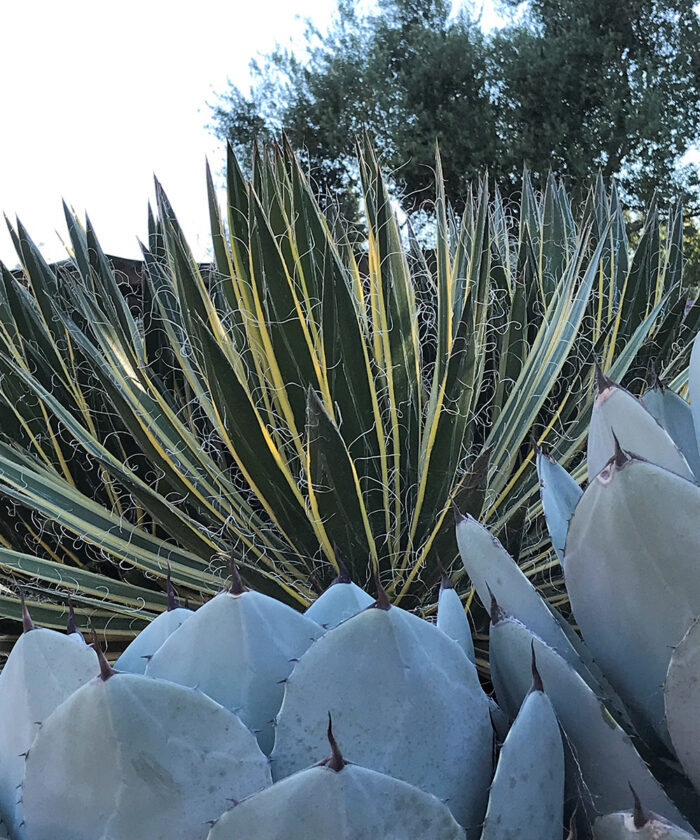
The chilly nighttime temperatures of a Northern California winter can wreak havoc on a garden filled with tender succulents. Many varieties suffer when temperatures dip below freezing unless protective measures have been taken and they’ve been moved indoors or draped with frost cloth. Monitoring weather and nighttime temperatures causes stress on even the most experienced gardener and can lead to feelings of failure when—despite best intentions—plants die due to neglect or inadequate care. However, many succulents are surprisingly cold hardy, with several hens and chicks (Sempervivum spp. and cvs., Zones 4–9) and hardy stonecrops (Sedum spp. and cvs., Zones 3–9) even capable of surviving beneath a layer of snow at –30°F! For stress-free winter evenings and spectacular minimal-fuss results, consider adding some or all of the following vigorous, tough-as-nails, frost-proof succulents to your collection.
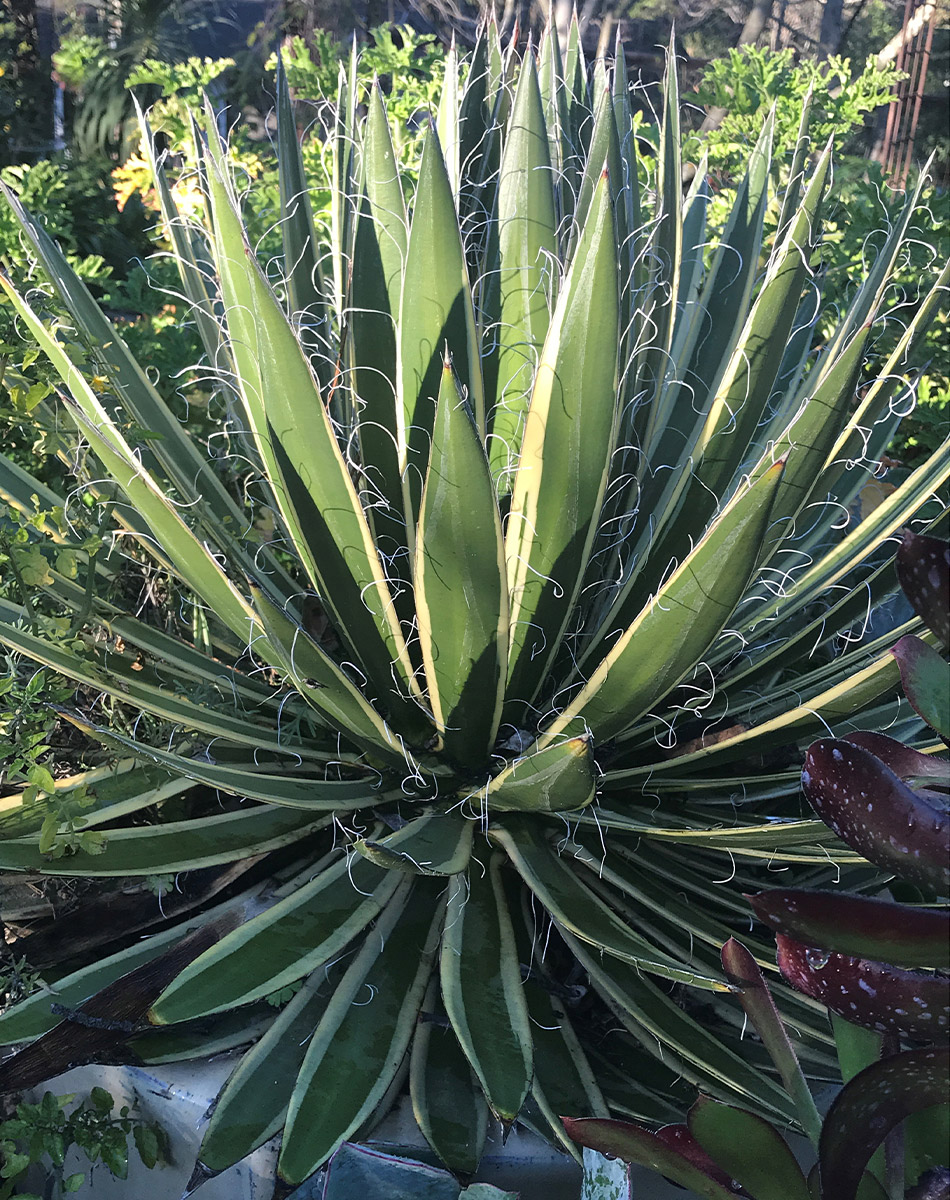
Queen of White variegated threadleaf agave
Agave filifera ssp. schidigera ‘Shira Ito no Ohi’, Zones 8–11
An outstanding addition to any landscape or container garden, this slow-growing succulent forms a solitary rosette of dagger-shaped, dark green leaves with creamy margins. Each leaf is adorned with curly white threads and a sharp, deep red terminal spike. This agave reaches 12 inches tall and 18 inches wide in full sun or a little afternoon shade and does best grown in well-drained, sandy soil. It will effortlessly tolerate wintertime dips down to 15°F. Like most agaves (Agave spp. and cvs., Zones 5–12), this beauty is extremely drought tolerant but appreciates watering once a month during the drier seasons. Fertilize sparingly in spring with a low-nitrogen, time-release fertilizer.
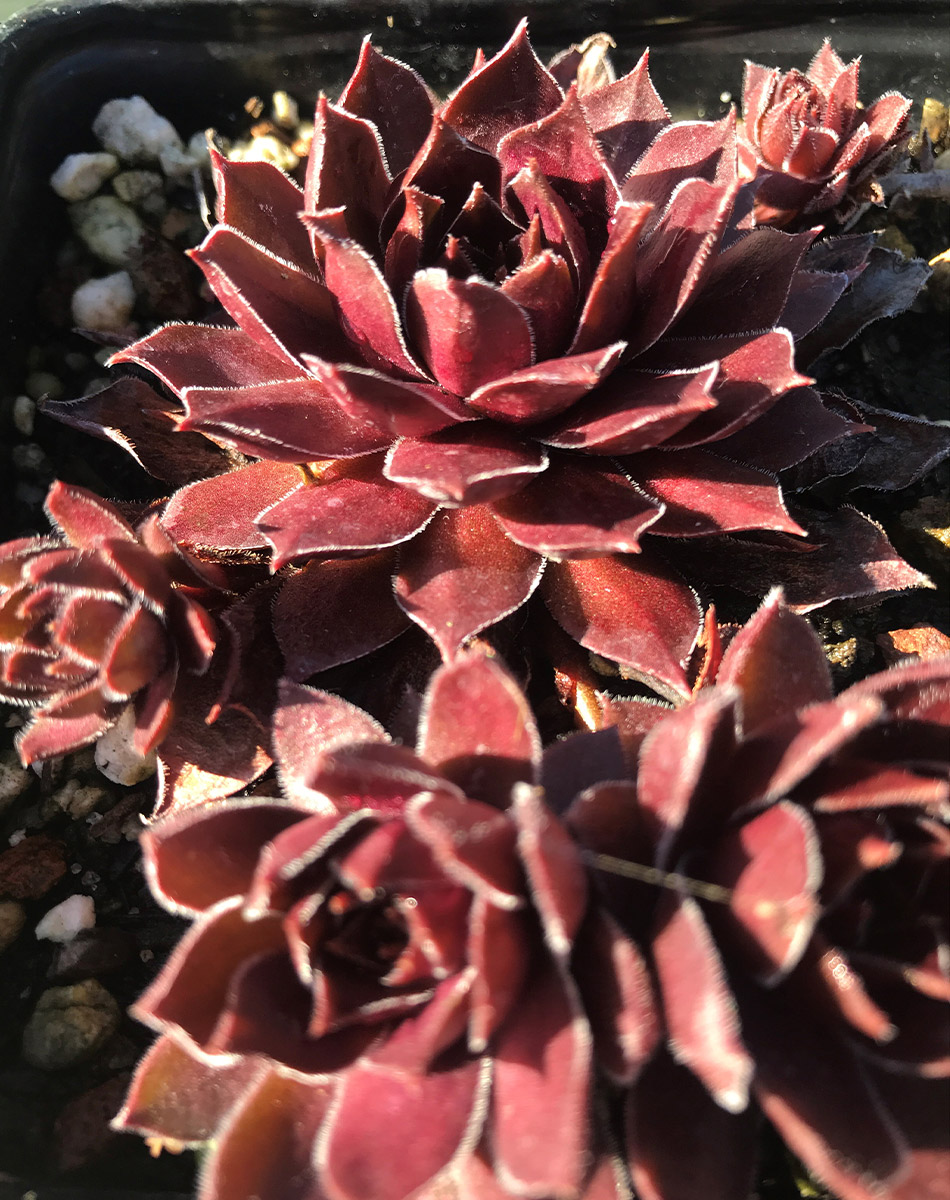
Chocolate Kiss™ hens and chicks
Sempervivum ‘Pacific Devil’s Food’, Zones 4–9
This petite charmer is indestructible and ridiculously easy to grow and to propagate. Rosettes made of 2- to 3-inch-tall dark-brown-to-burgundy leaves make up each dainty little “hen,” which quickly forms offshoots, creating numerous and equally beautiful “chicks” that surround the original mother plant and form a low, dense, colorful mat. Chocolate Kiss™ thrives in well-drained, gravelly soil. Place it in full sun or, if you live in a hotter area, afternoon shade. Protect it from heavy winter rains, although it tolerates snow and temperatures as low as –20°F! Drought tolerant once established, this succulent looks lovely growing in mixed containers and rock gardens or as edging for flagstone pavers.
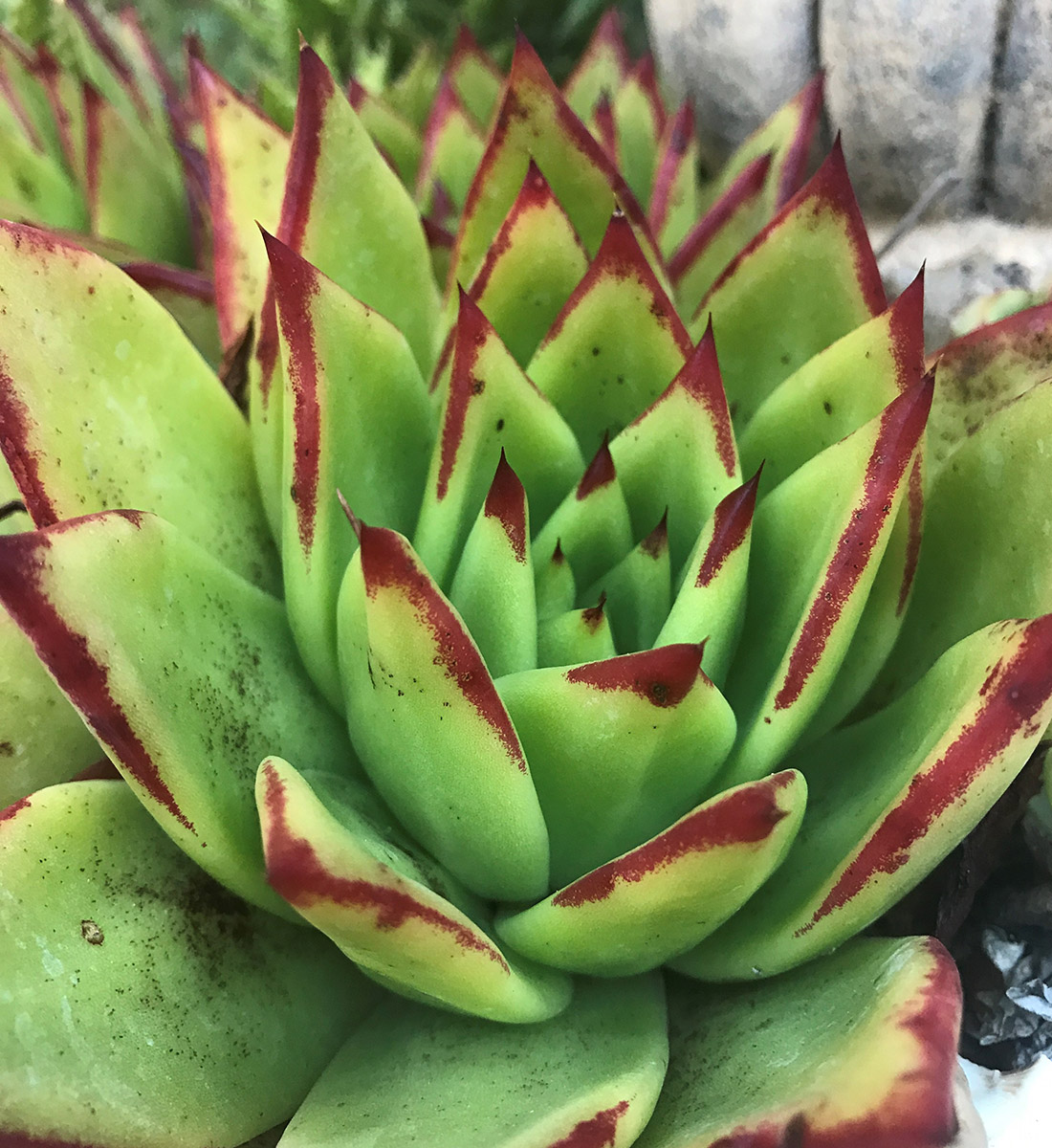
‘Lipstick’ echeveria
Echeveria agavoides ‘Lipstick’, Zones 9–11
‘Lipstick’ echeveria has fat, crisp, triangular leaves that are bright green with vivid red tips. Their edges form a 6-inch-tall and 8-inch-wide waxy-looking rosette, which is why this plant is also called wax agave. The compact plant pups readily, forming colorful ground-hugging mats that rapidly fill containers or spaces in a rock garden or perennial bed. Hummingbirds are thrilled in late spring when clusters of coral-red, bell-shaped blooms flower, held high above the foliage on sturdy stems. ‘Lipstick’ loves sandy soil with excellent drainage in full sun to partial shade and has minimal water requirements. It handles the cold better than most succulents, tolerating temps down to 20°F. And it’s easy to care for: Just remove spent bloom stalks after flowering.
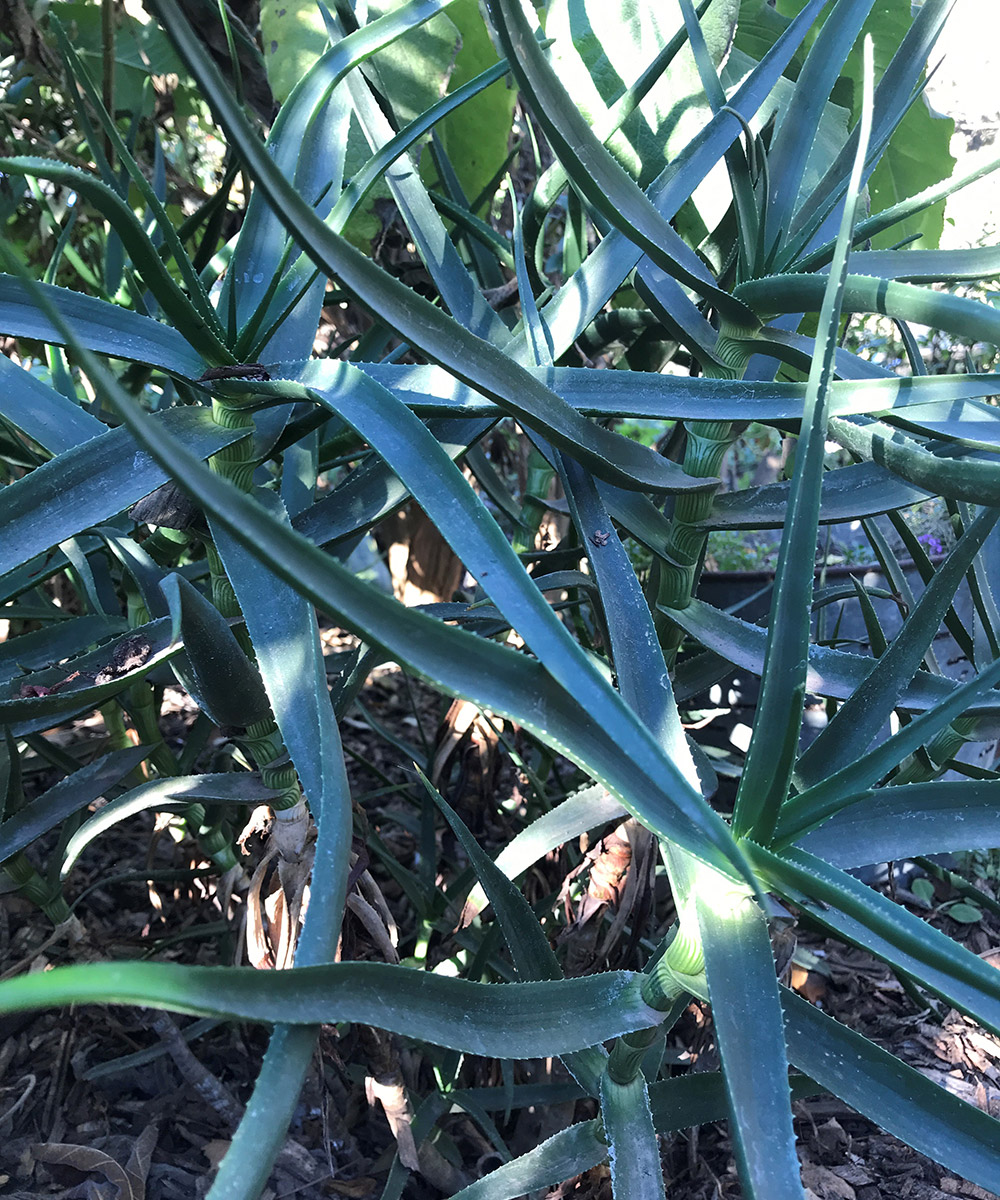
Hardy aloe
Aloiampelos striatula syn. Aloe striatula, Zones 7–11
A tall, shrubby, scrambling succulent, hardy aloe needs no frost protection unless temperatures dip below 15°F. Slender, recurved leaves are edged and tipped with tiny white teeth. They radiate outward from slim and striated stems. In late spring and summer, tall flower spikes appear above the foliage, bearing long-lasting, brilliantly yellow blooms and drawing hummingbirds to the sweet nectar. Hardy aloe does best in full sun and has minimal water requirements. Like most succulents, it dislikes wet feet, so make sure the soil drains well for best results. Eventually reaching 6 feet tall and wide, plant it at the back of a drought-tolerant perennial border or in a large container.
Honorable Mentions
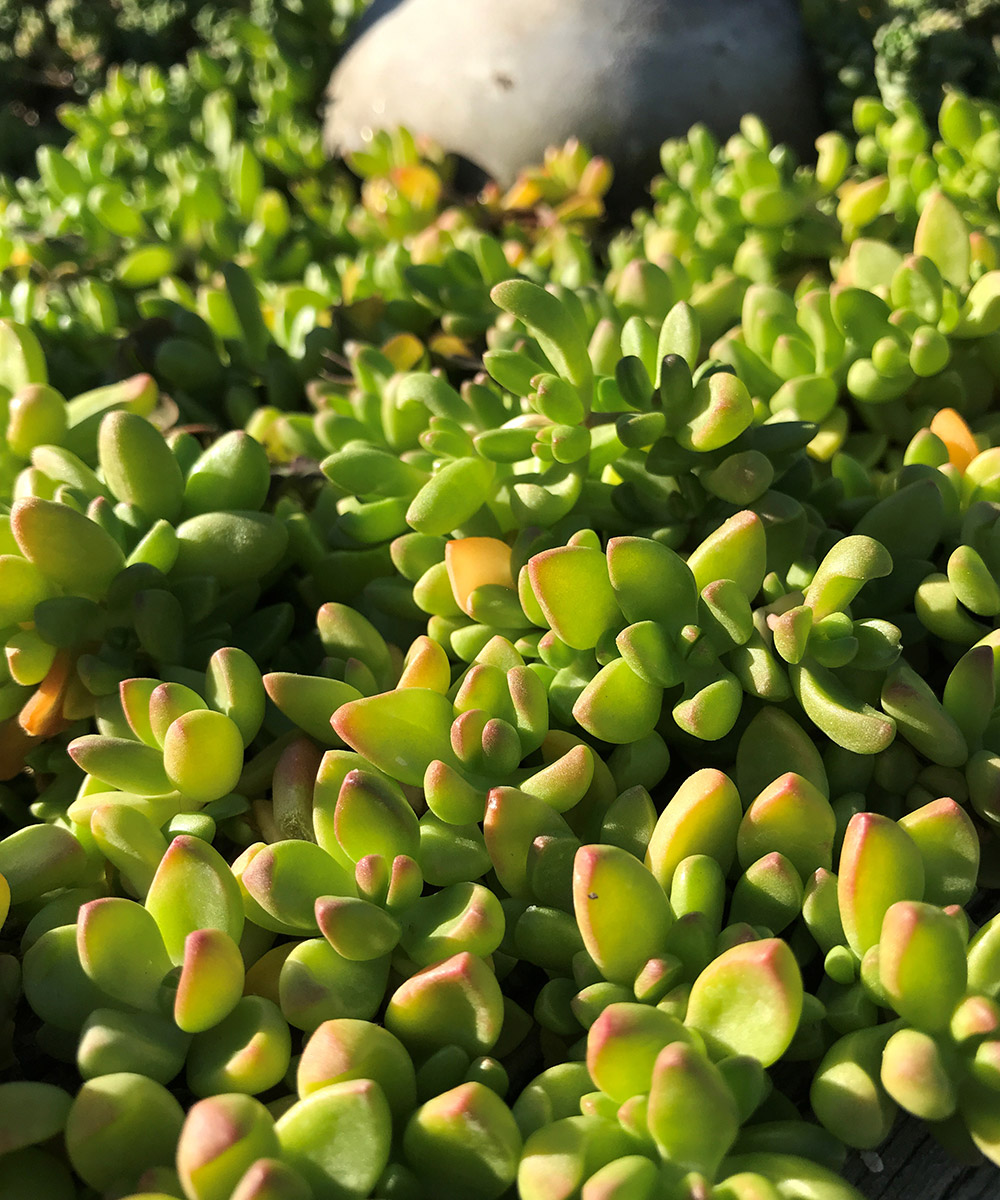
Hardy yellow ice plant
Delosperma nubigenum, Zones 5–10
Hardy to 0°F, and boasting a tight, low mat of deep green foliage and bountiful yellow daisylike blooms in summer, hardy yellow ice plant grows 1 inch tall and spreads quickly to make an excellent ground cover in any sunny location.
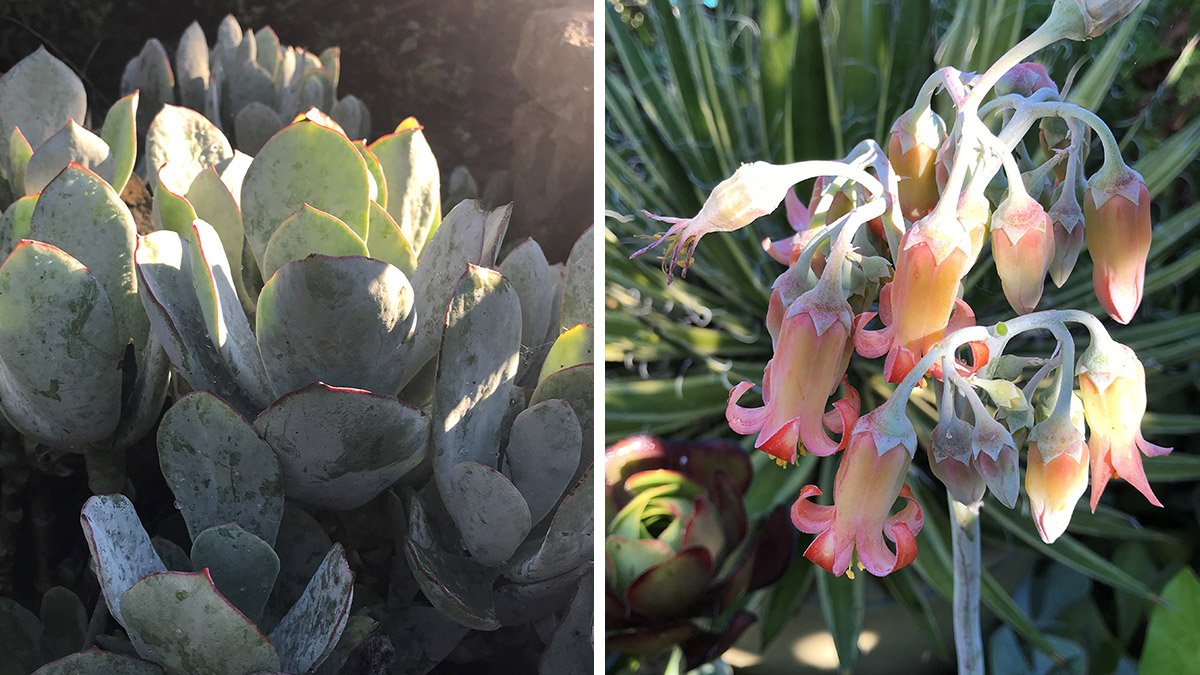
Red-edged pig’s ear
Cotyledon orbiculata, Zones 9–12
Tolerant of temperatures down to 20°F, red-edged pig’s ear is a vigorous, almost shrubby succulent with round, silver, red-edged leaves and nodding, dusky pink flowers in midsummer. Drought tolerant, this succulent grows 12 to 18 inches tall and 24 inches wide in full sun and well-drained soil.
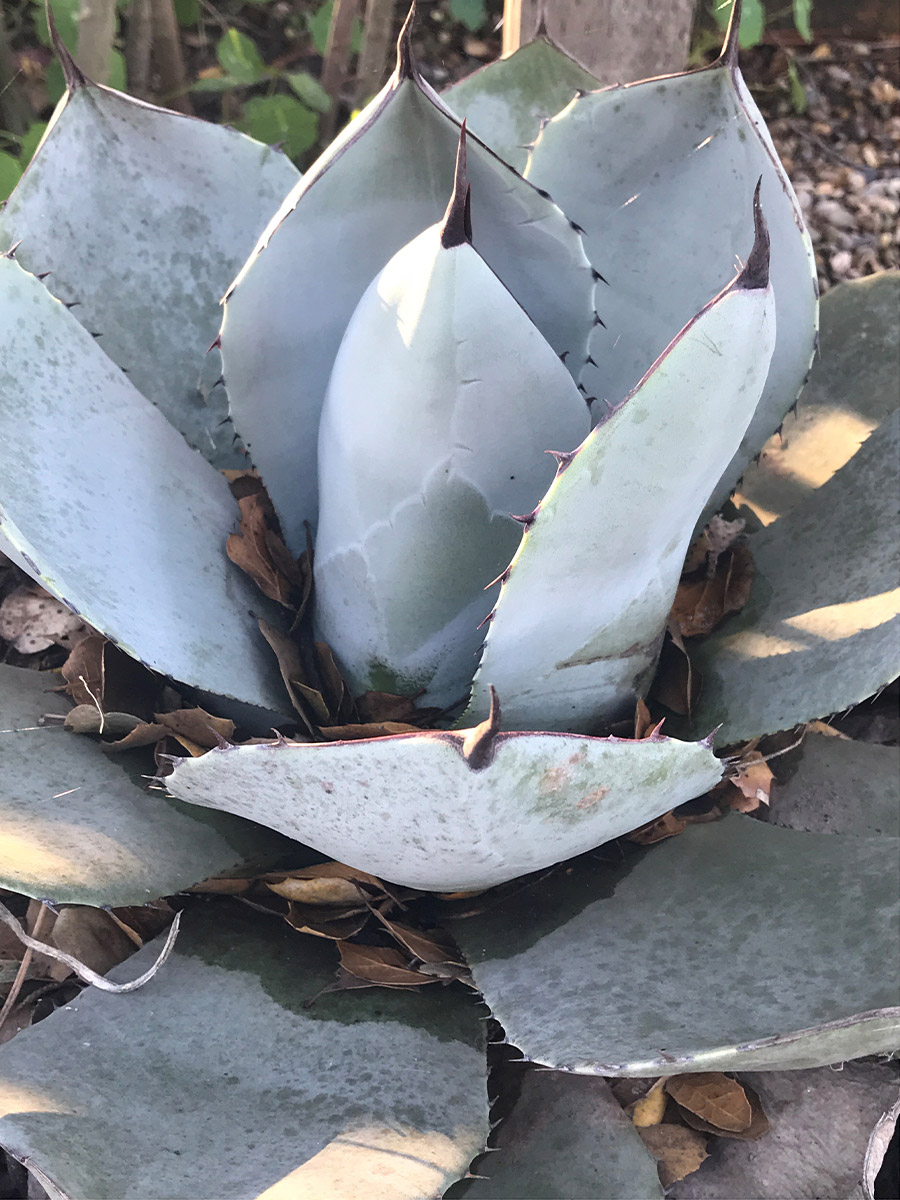
Artichoke agave
Agave parryi var. truncata, Zones 8–11
The stunning, silver-blue artichoke agave is a tough, cold-hardy, carefree agave to consider if chilly winters are a feature in your area.

Tiger tooth aloe
Aloe juvenna, Zones 9–11
If hardy aloe is too tall for you, try tiger tooth aloe. Multibranched and hardy to 20°F, it’s fabulous in small containers and at the front of the border.
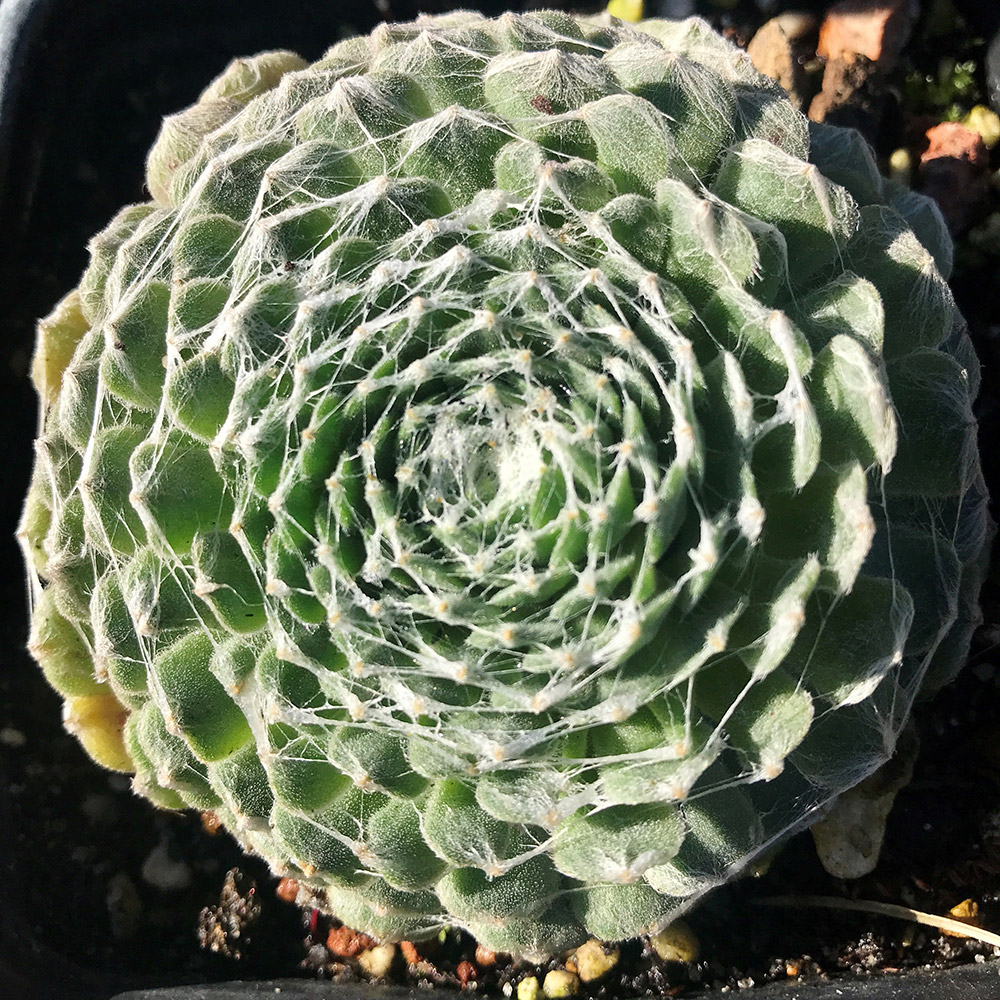
‘Cobweb’ hens and chicks
Sempervivum arachnoideum ‘Cobweb’, Zones 5–8
With its tight rosettes of cobwebbed foliage, low-growing ‘Cobweb’ is another hens-and-chicks variety to think about for your cold-hardy succulent collection.
—Fionuala Campion is the owner and manager of Cottage Gardens of Petaluma in Petaluma, California.
Fine Gardening Recommended Products

Sun Joe Cordless Telescoping Pole Chain Saw
Fine Gardening receives a commission for items purchased through links on this site, including Amazon Associates and other affiliate advertising programs.

SHOWA Atlas 370B Nitrile Palm Coating Gloves, Black, Medium (Pack of 12 Pairs)
Fine Gardening receives a commission for items purchased through links on this site, including Amazon Associates and other affiliate advertising programs.

VegTrug Classic Cold Frame
Fine Gardening receives a commission for items purchased through links on this site, including Amazon Associates and other affiliate advertising programs.


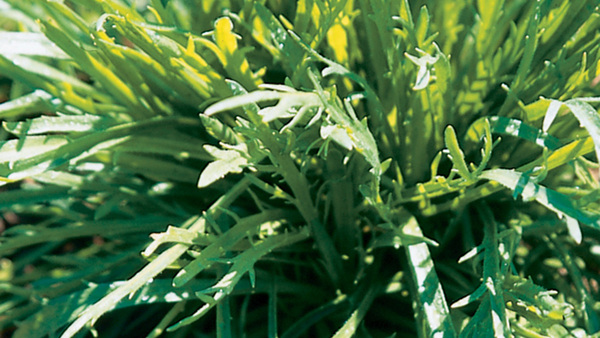

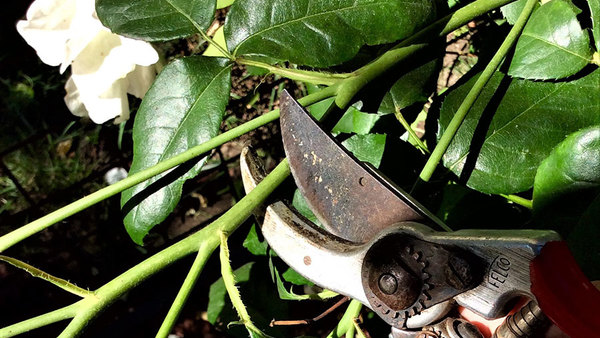














Comments
Log in or create an account to post a comment.
Sign up Log in